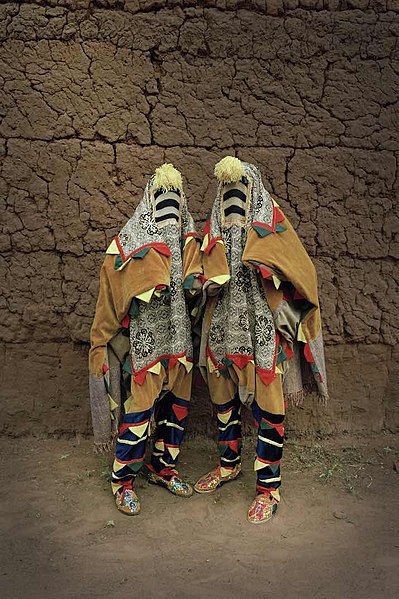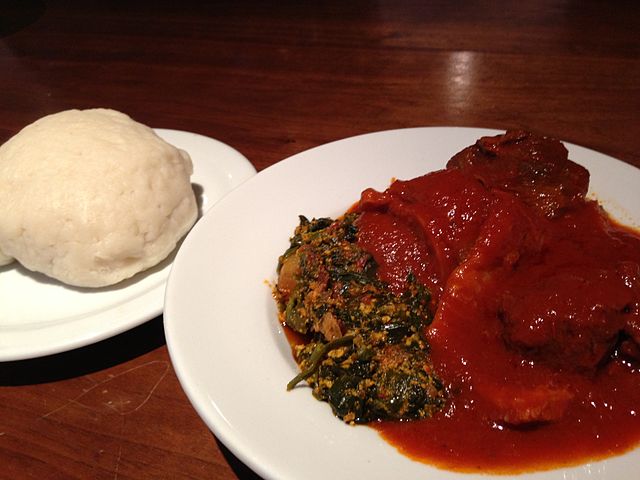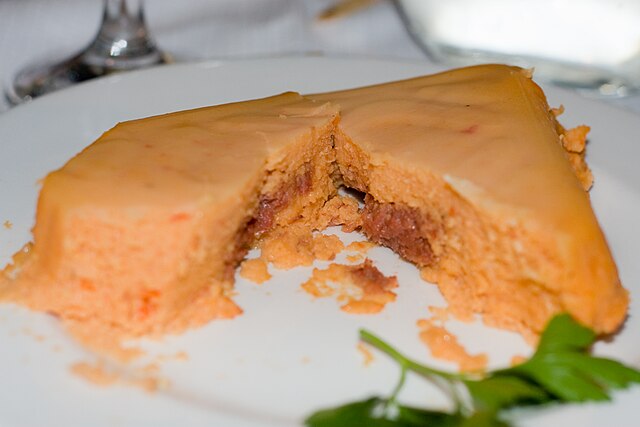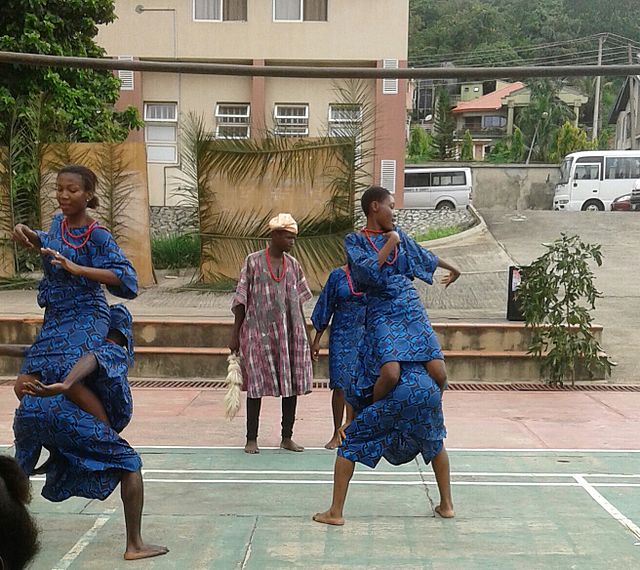Egungun, in the broadest sense is any Yoruba masquerade or masked, costumed figure. More specifically, it is a Yoruba masquerade for ancestor reverence, or the ancestors themselves as a collective force. Eégún is the reduced form of the word egúngún and has the same meaning. There is a misconception that Egun or Eegun is the singular form, or that it represents the ancestors while egúngún is the masquerade or the plural form. This misconception is common in the Americas by Orisa devotees that do not speak Yorùbá language as a vernacular. Egungun is a visible manifestation of the spirits of departed ancestors who periodically revisit the human community for remembrance, celebration, and blessings.
An egungun masquerade dance garment in the permanent collection of The Children's Museum of Indianapolis
'Egunguns' are said to represent the dead in the society
Costumed voudou figure
Egungun Costume (mid-20th century) Brooklyn Museum
Distinctive cultural norms prevail in Yorubaland and among the Yoruba people.
Yoruba copper mask for King Obalufon, Ife, Nigeria c. 1300 CE
Iyan (pounded yam) plate
Cut Moin Moin;"Ewe eran" leaves (Thaumatococcus daniellii) are traditionally used to improve flavoring.
Yoruba cultural dancers








